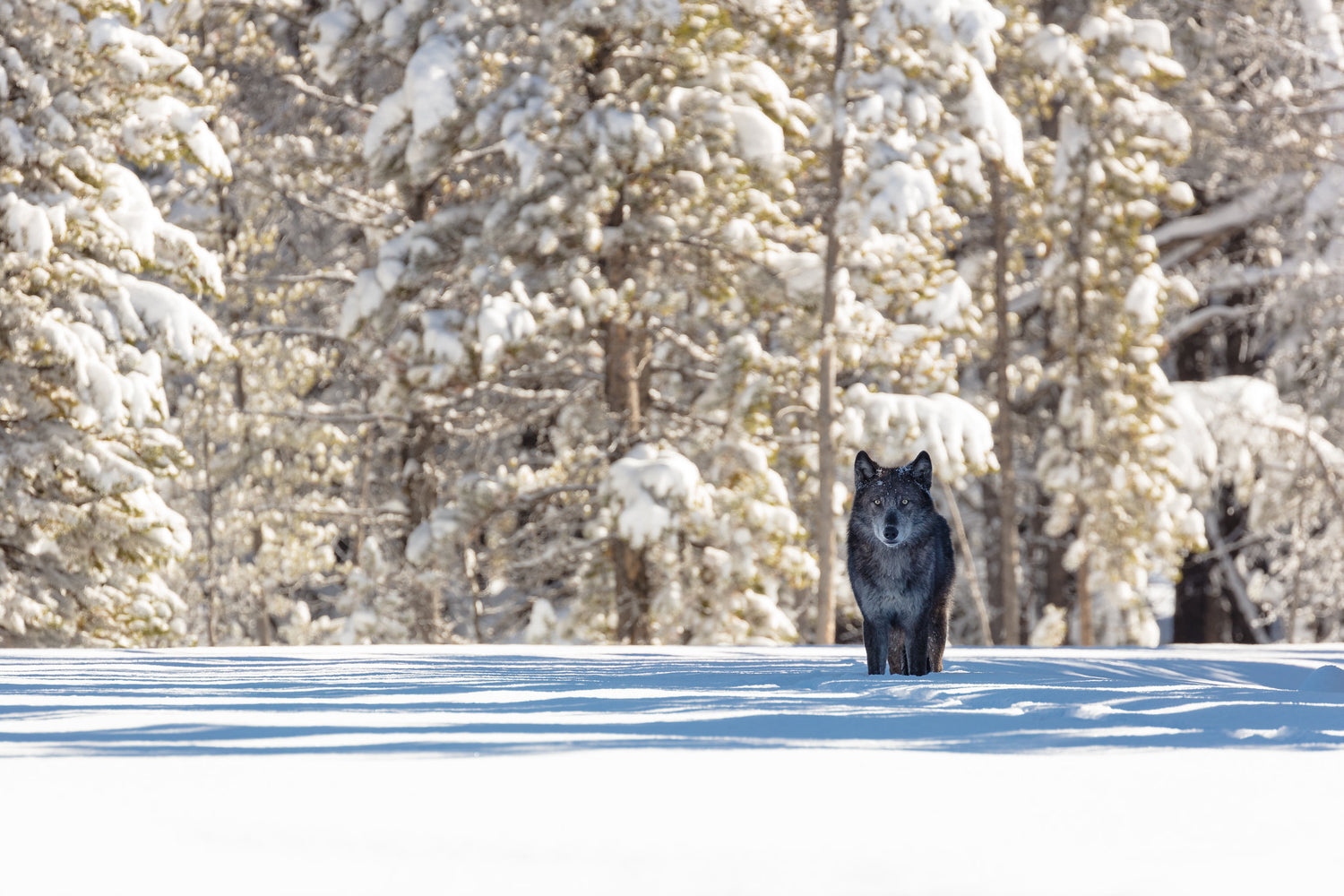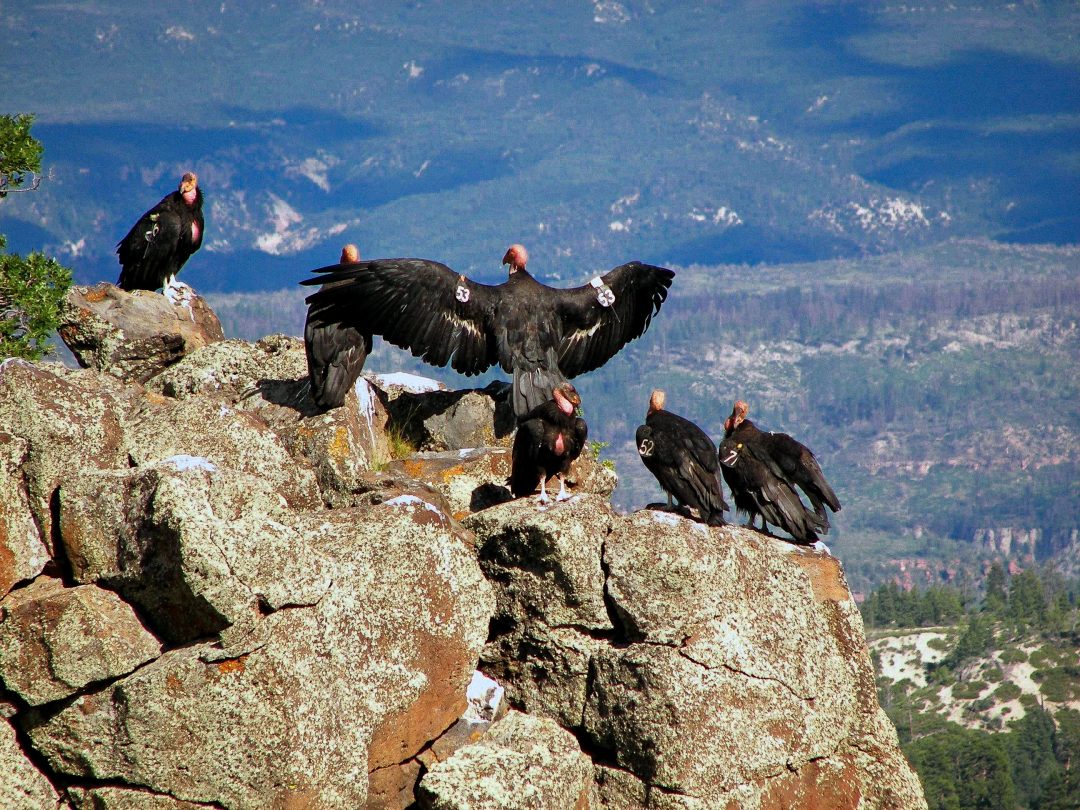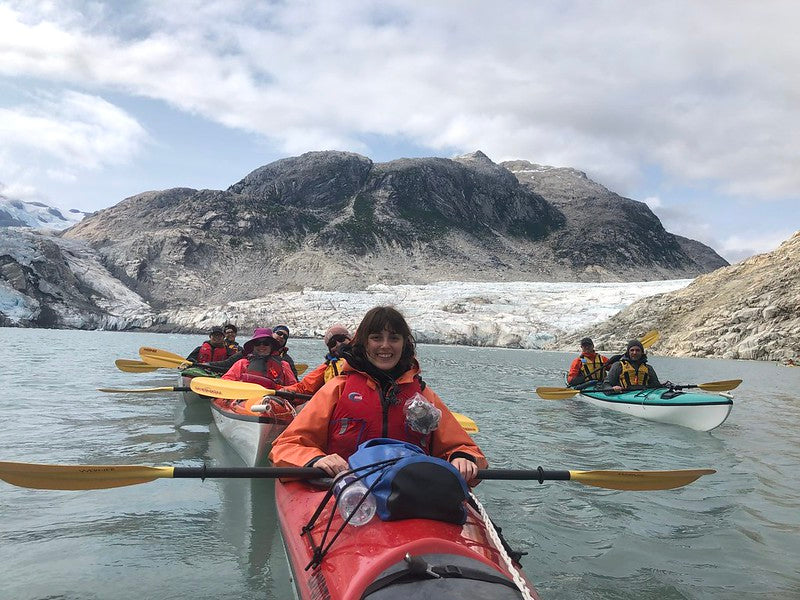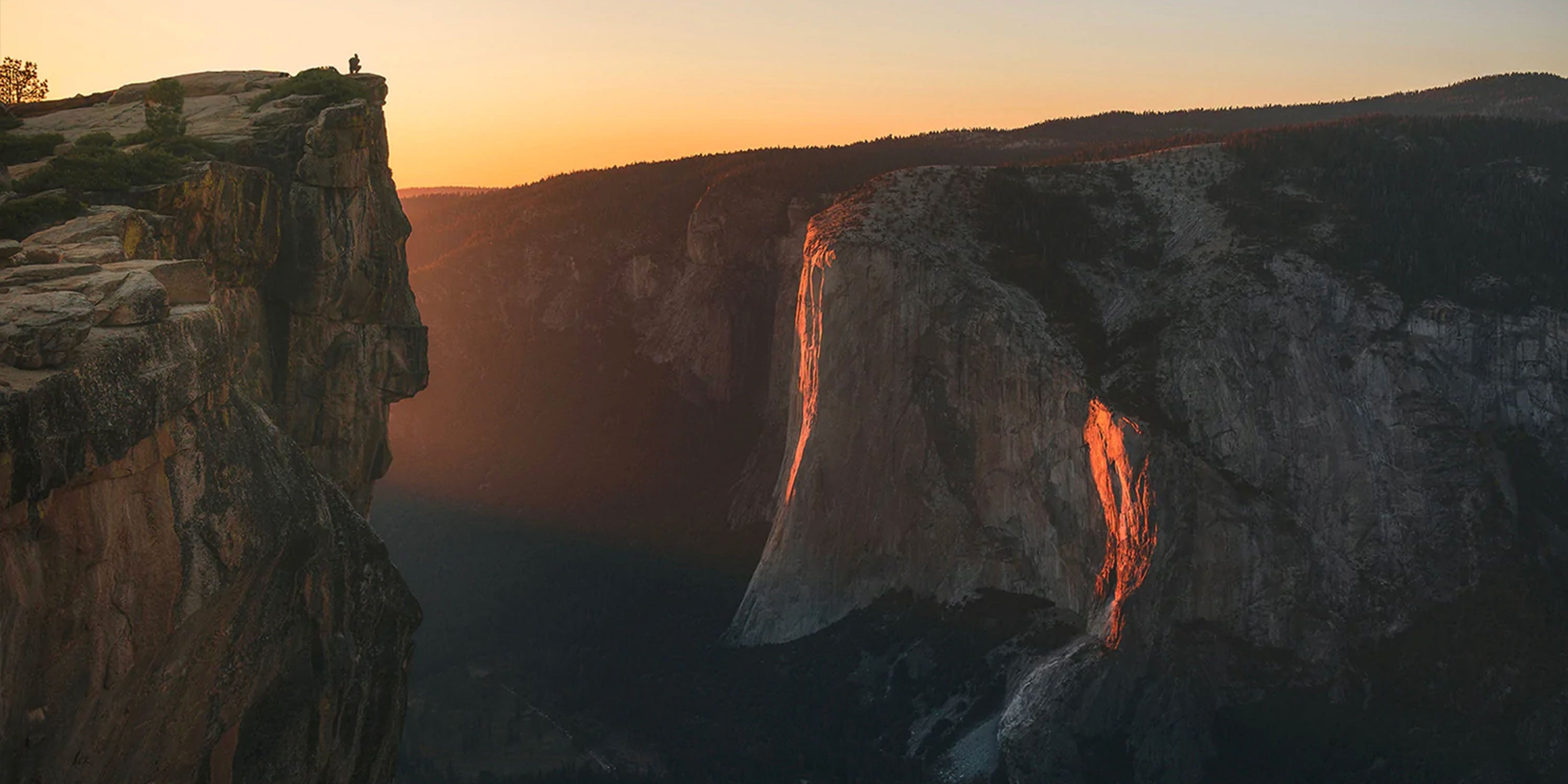The majority of Wild Tribute's team is fortunate to live within a half day's drive to either the West or South gates of Yellowstone National Park ("YNP"). It's the spoil of riches respective to adventure in America's original "wonderland" - our first National Park. While it's easy to put plans in motion to visit Lowers Falls in Yellowstone's Grand Canyon or to seek the geothermal wonders of Norris or Lower Geyser Basin, the one unknown that always remains is what wildlife will accompany your travels. Yes, you're most likely to see Bison or Elk...and even the mighty Black or Grizzly Bear within the park. Yellowstone after all is North America's glorious Serengeti; however, similar to its African counterparts, one animal takes the cake in its elusive nature. Yellowstone's Gray Wolf is Africa's Leopard.
Fortunately (and unfortunately) an "animal jam" or string of cars parked alongside the road in Hayden or Lamar Valley can tip any unsuspecting onlooker of action worth your attention. But it still requires a stroke of luck to be in the right place at the right time...not to mention access to high-powered binoculars or sighting scopes. Luck was on our side one early morning in the Park. Arriving in Lamar Valley at dawn, a group of parked cars and a line of impressive camera equipment stopped us in our tracks. Sure enough, a pack of wolves had been spotted -- 1 of 8 estimated to be in the park -- and several pups with their mother were being observed from a great distance. We were offered the opportunity to view the spectacle by the grace of a bystander who had a scope that could see for miles focused on the wolves. The kind gentleman who we befriended was part of a team that tracks and monitors Yellowstone's wolves utilizing radio frequency collars. This marked the beginning of our keen interest in the Yellowstone Wolf Project.

Since wolves were first reintroduced to YNP, millions of visitors have had the opportunity to authentically view wolves in the wild. This has not been without controversy, with disagreement surrounding population size, impacts on the elk population, and general ideology on how to best manage feral canines. Wolf management continues to be a high priority issue for both the regional public and the National Park Service.
While the federal government funded the original restoration and monitoring of wolves from 1995-1996, this funding has since dried-up. The Yellowstone Park Foundation (now Yellowstone Forever), established in 1996, stepped in to raise private contributions to continue wolf research and monitoring in the park. As part of the pack of donors to Yellowstone Forever, the Wild Tribute team is honored to be a part of the storied Yellowstone Wolf Project.
Wolf research in Yellowstone is a year-round strategy that is critical to the long-term health of the species in the park and surrounding open space. Yellowstone’s wolf biologists and field staff conduct research efforts to capture and collar wolves, gather genetic samples for testing and lab work, conduct winter/summer field studies on predation and pup survival, and log numerous aerial monitoring flights. This level of fieldwork and science helps the park better understand wolf territories and their relationships with prey species (e.g., bison and elk) in addition to monitoring wolves' overall health, including but limited to, identifying disease or other health concerns within any given population.
Yellowstone Forever, and Wild Tribute, are here to ensure this vital program continues to move forward with our eyes on a healthy and fruitful Yellowstone ecosystem “For the Benefit and Enjoyment of the People” for generations to come.
Yellowstone Forever is the official nonprofit partner of Yellowstone National Park. Our mission of engagement and support through philanthropy and education for the park will ensure Yellowstone remains for generations to come.













